Mangroves are found along the Tamsui River of Taipei, mainly in Guandu area and Zhuwei area. The latter is known for its shui-bi-zai (Kandelia obovata):

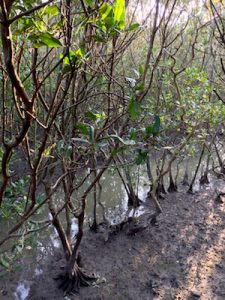
Photo Credit: Chien-Hui Shih and Lu-Ti Lin
Map Credit: New Taipei City Government
Page 114. Traveling sixty miles an hour, the bus would roar through Guandu Temple Pass, where the wide river appeared before you, and each time you would be deeply moved, or you would breathe in the damp river and ocean air before saying to your companion, who was seeing it for the first time, “Doesn’t that look like the Yangtze River?”
页 135/162. 车速以时速一百公里冲越关渡宫隘口,大江就横现眼前,每次你们都会非常感动或深深吸口河海空气对初次来的游伴说: “看像不像长江?”
[/et_pb_vertical_timeline_item][et_pb_vertical_timeline_item title=”Stop 1. Sandbars overgrown…” use_read_more=”off” animation=”off” text_font_select=”default” text_font=”||||” headings_font_select=”default” headings_font=”||||” use_border_color=”off” border_style=”solid”]
Page 114. When the bus passed Zhuwei in the afternoon, the setting sun would send its rays across the rippling surface from the Guanyin Mountains on the opposite bank. Sandbars overgrown with yellow hisbiscuses and mangroves, as well a the small egrets, buffalo herons, and night herons perched on them, would call to mind the lines “Clear streams meander through the Hanyang Woods/Fragrant grasses spread across Parrot Islet.”
页 135/162. 车过竹围,若值黄昏,落日从观音山那头连着江面波光直射照眼,那长满了黄槿和红树林的沙洲,以及栖于其间的小白鹭牛背鹭夜鹭,便就让人想起晴川历历汉阳树,芳草萋萋鹦鹉洲。
[/et_pb_vertical_timeline_item][et_pb_vertical_timeline_item title=”Stop 2. Where the wide river met the ocean…” use_read_more=”off” animation=”off” text_font_select=”default” text_font=”||||” headings_font_select=”default” headings_font=”||||” use_border_color=”off” border_style=”solid”]
Page 115. onto the narrow path halfway up the hill. On the right were either stone walls covered with weeds and moss or residential brick walls; on the other side was the spot where the wide river met the ocean. You ignored the single-ridge southern Min-style houses, with their slanted roofs, agreeing that it was a San Francisco sort of view, even though neither of you had ever been there.
页 136/163. 横过山丘腰的窄窄小径,右手边是生满了野草青苔的石壁或民房的砖墙,另一边,就又是大江海口了,你们都故意忽视脚下单脊两屋坡的闽南式斜屋顶不看,彼此一致同意眼前景色很像旧金山,虽然你们谁也没去过。
[/et_pb_vertical_timeline_item][et_pb_vertical_timeline_item title=”Stop 3. The Tamsui MRT Line…” use_read_more=”off” animation=”off” text_font_select=”default” text_font=”||||” headings_font_select=”default” headings_font=”||||” use_border_color=”off” border_style=”solid”]
Page 205. The Tamsui MRT Line’s cement wall blocked out the mangroves and the river. Whether it was an official from the central or a local government, form the ruling party or the opposition, everyone vied to see who loved this island more. It was indeed no easy feat to love this island that much.
页 197/237. 捷运北淡线的水泥围墙完全挡掉红树林和江面。主政的,无论中央或地方首长,无论是执政党或在野党,天天比赛谁才最爱这个岛,把它爱到这种地步也真不容易。
[/et_pb_vertical_timeline_item] [/et_pb_vertical_timeline]
View from the Guandu Temple

Photo Credit: Chien-Hui Shih and Lu-Ti Lin
View from the Birds
The map below depicts the Tamsui River in birds’ eyes. The red dots mark places they love to stay for the winter.
At the Guandu Nature Park we saw the beautiful picture of egrets crossing a pond (and the one in the middle seemed to greet them). Further away were bridges, chimneys and apartments. We also found a natural foreground and an urban background in sounds there.
Map (below) Credit: Guandu Nature Park
Photo (below) Credit: Leah Suffern
Sounds of the Guandu Nature Park
View from the Bike Trail
The seedings can be seen from the bike trail:
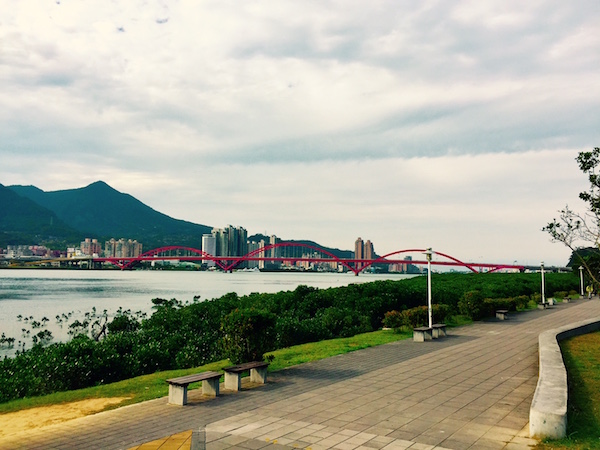


Photo Credit: Chien-Hui Shih and Lu-Ti Lin

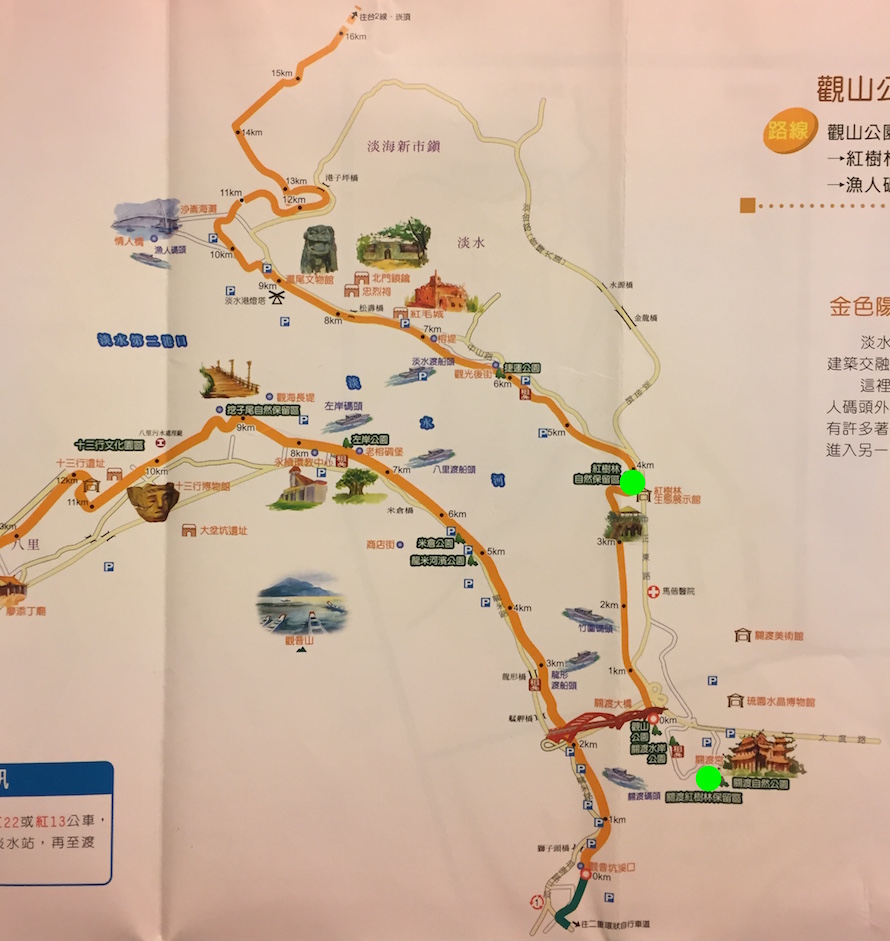
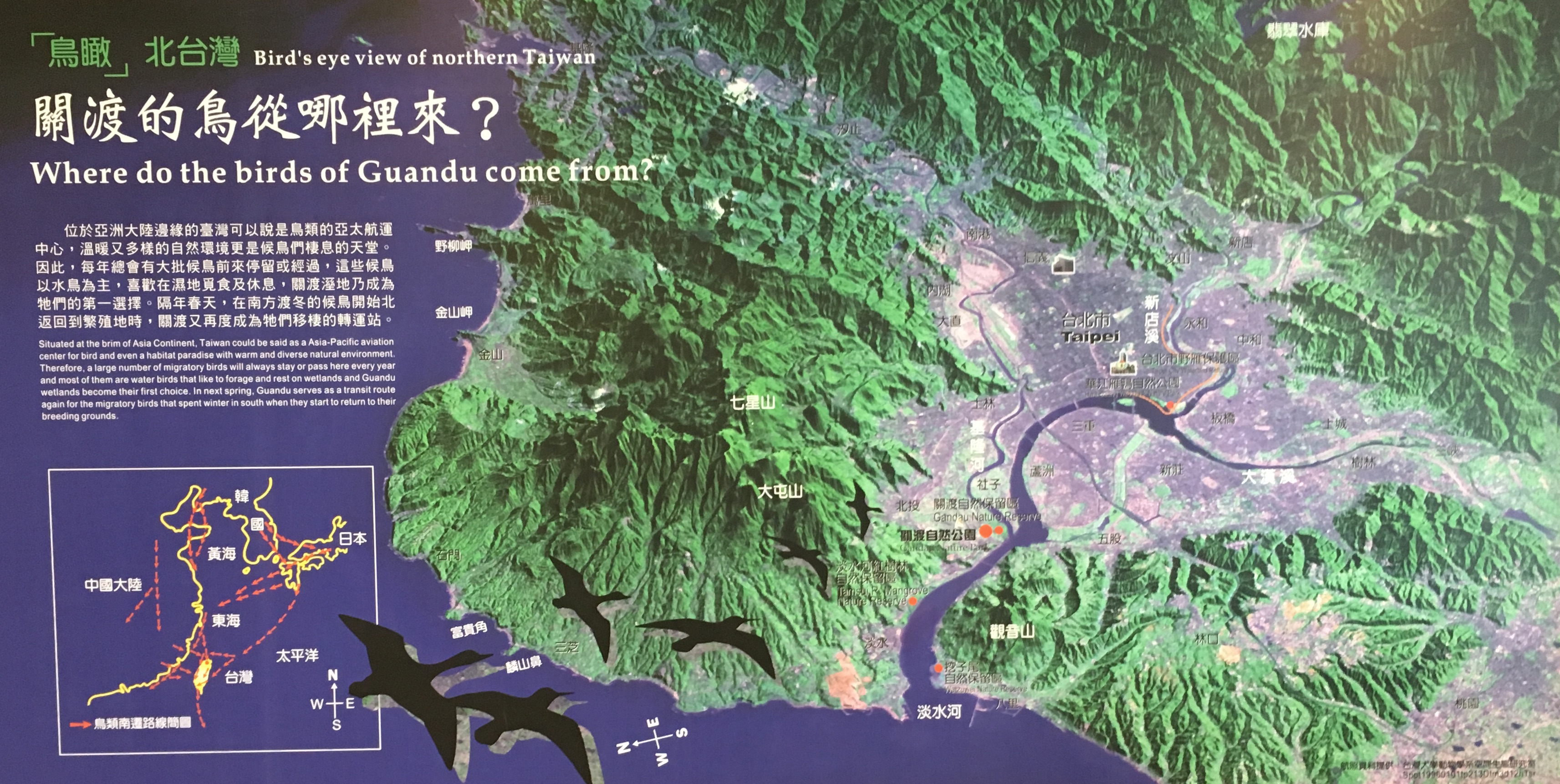
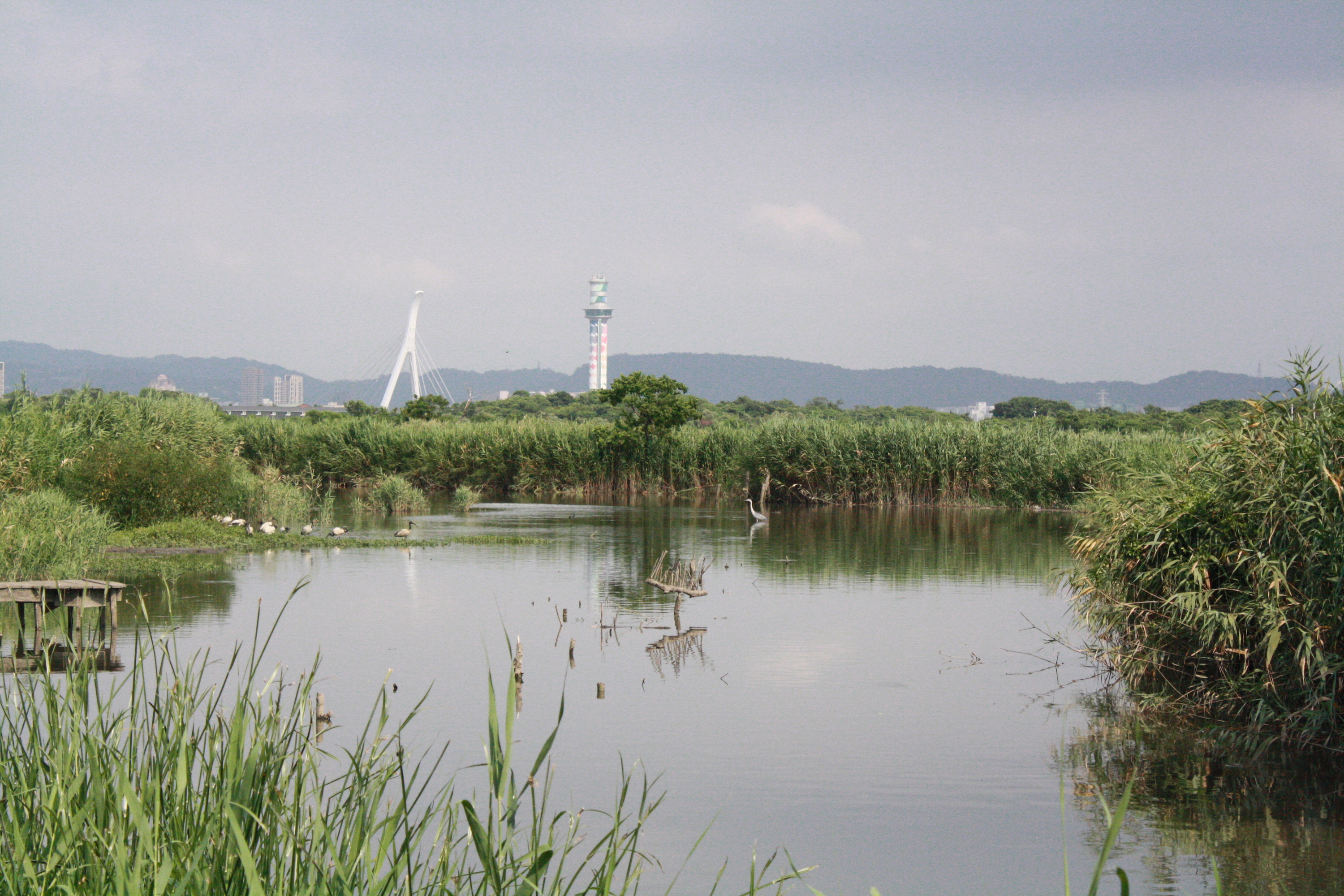
0 Comments